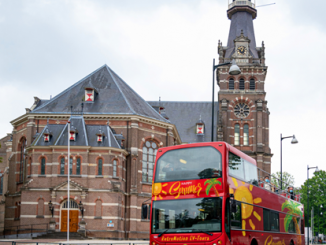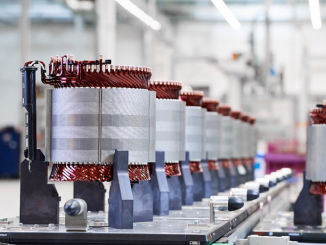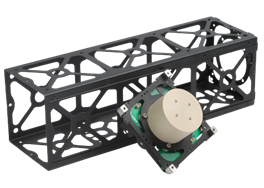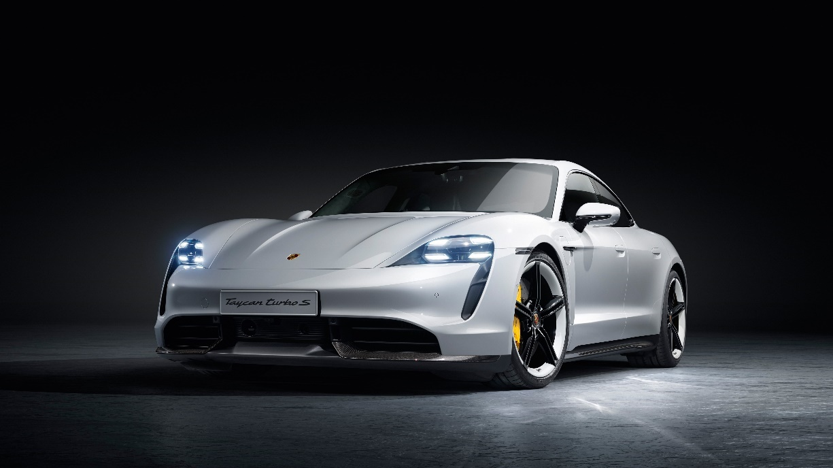
Advancements in motor design and magnetic technology are central to the stunning high performance of Porsche’s first-ever electric vehicle, Taycan. Along with other design achievements in the high-powered auto, they likely point the way to future engineering trends for the EV market.
The key element is a pair of exceptionally efficient permanently excited synchronous permanent-magnet motors with hairpin winding, one on the front axle and one on the rear axle, thus making the cars all-wheel drive. Both the range and the continuous power of the drive benefit from the high efficiency of the motors which constitute an electric machine that also functions as a generator for the batteries during braking.
This electric machine, transmission and pulse-controlled inverter are combined into a compact drive module. The rear axle module is installed parallel to the axle. The pulse-controlled inverter is mounted on this in a balcony configuration to increase the luggage compartment volume. Thanks to its coaxial design, the front axle module is integrated into the front of the vehicle in a very small space.
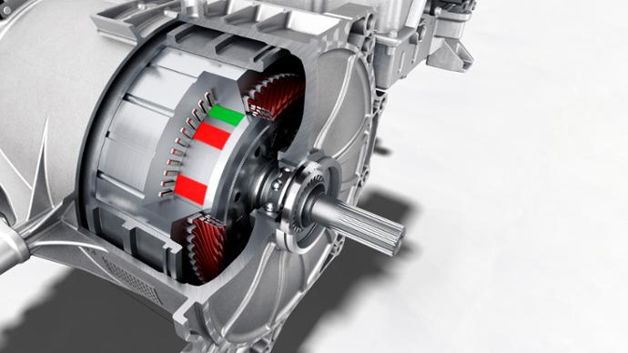
Permanently excited synchronous motors have a rotor with high-quality permanent magnets that generate a natural magnetic field. The rotor thus moves in sync with the magnetic rotating field of the stator, which is why it is known as a permanently excited synchronous motor. A pulse-controlled inverter specifies the frequency of the rotating field in the stator, therefore determining rotor speed. On account of their structure, functionality and their excellent thermal behavior, the permanently excited synchronous motors are able to deliver the high performance that Porsche engineers were seeking.
A special feature of the Taycan’s electric motors is the hairpin winding in which the solenoid coils of the stator consist of rectangular rather than round magnet wires. The wires are bent and their shape, before they are inserted into the stator’s laminated core, is reminiscent of that of hairpins, hence the name for the type of winding. The open ends are welded together using a laser beam. The manufacturing process of hairpin technology is complex, but it allows the wires to be packed more densely and thus increase the amount of copper in the stator. While conventional winding processes have a copper filling factor of around 45 percent, it is just under 70 percent in this case. This increases power output and torque for the same volume. Another important advantage for a high-performance car like the Taycan is that a hairpin stator can be cooled considerably more efficiently.
The liquid-cooled synchronous motor on the front axle has an active length of 160 mm and an active diameter of 190 mm. Its counterpart on the rear axle is 210 mm long and has a diameter of 245 mm. All in all, the modules have the highest power density of any electric powertrains on the market today, says Porsche.
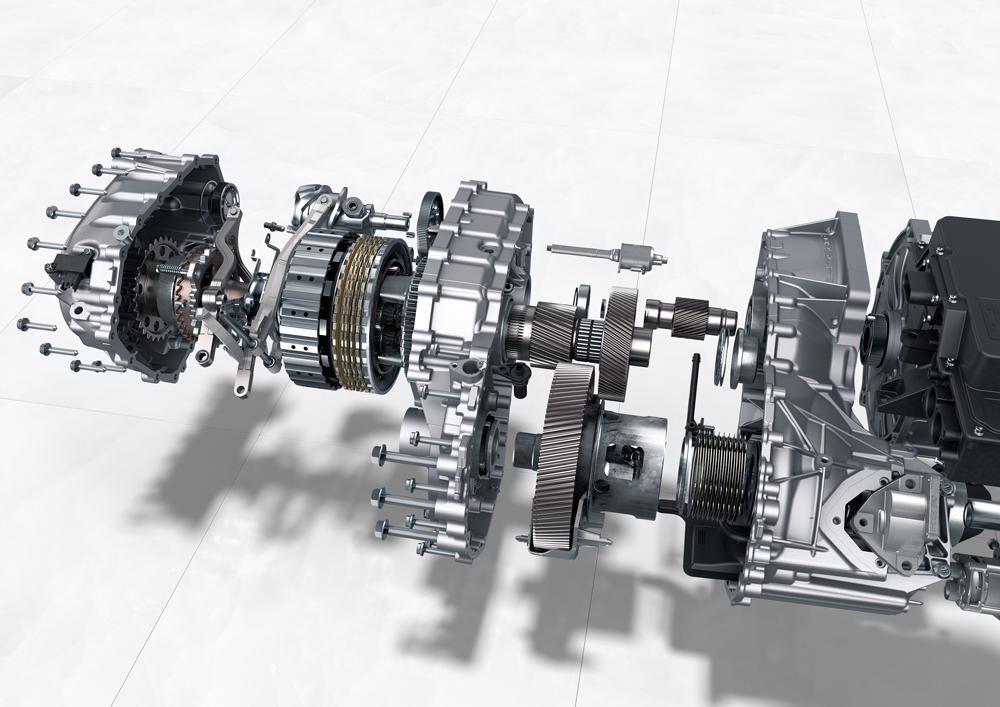
A pulse-controlled inverter is the most important component for controlling the electric motors. It is mounted on each drive module on the front and rear axles. The pulse-controlled inverters convert the direct current supplied by the battery into the alternating current required to drive the electric motors. The reverse happens during braking when they convert the alternating current obtained during recuperation into direct current for charging the battery.
In the Taycan Turbo S, a higher-performance sport model, a pulse-controlled inverter with a maximum current of 600 amps is used on the front axle, which can generate even more power and torque than the 300-amp, pulse-controlled inverter of the Taycan Turbo. Both pulse-controlled inverters operate with a remarkably high efficiency of almost 98 per cent.
On the front axle, the power of the electric motor is transmitted to the front wheels via a coaxial, compact one-speed planetary gear with an overall ratio of approx. 8:1 to an integrated spur-gear lightweight differential.
The first models in the new series are the Taycan Turbo S and Taycan Turbo. They are at the cutting edge of Porsche e-performance and are among the most powerful production models that the sports car manufacturer currently has in its product range. Less powerful variants of these all-wheel drive vehicles will follow this year. The first derivative to be added will be the Taycan Cross Turismo at the end of next year. By 2022, Porsche will have invested more than six billion euros in electromobility.

“The Taycan links our heritage to the future. It carries forward the success story of our brand – a brand that has fascinated and thrilled people the world over for more than 70 years,” said Oliver Blume, chairman of Porsche, who opened the world premiere of the Taycan in Berlin: “This day marks the start of a new era.”

“We promised a true Porsche for the age of electromobility, a fascinating sports car that not only excites in terms of its technology and driving dynamics, but also sparks a passion in people all over the world, just like its legendary predecessors have done. Now we are delivering on this promise,” emphasizes Michael Steiner, head of research and development.
See: www.porsche.com

